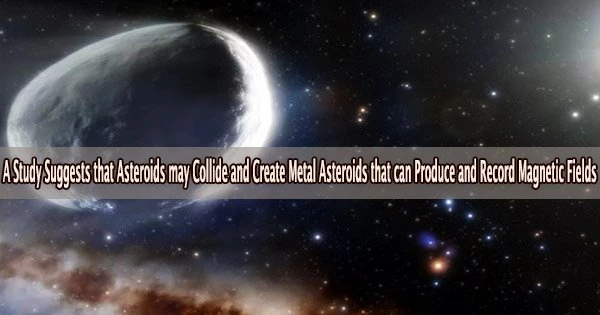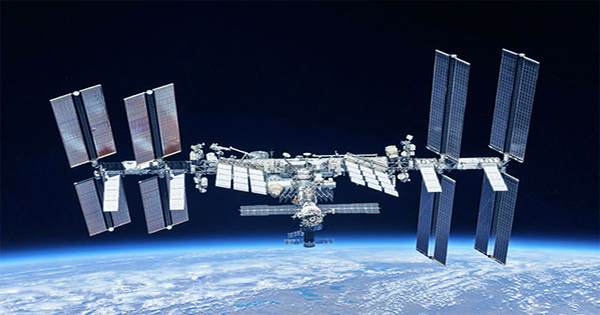A long-standing mystery of why some metallic meteorites have magnetic field traces may have been resolved, according to Yale researchers. This discovery may help explain how magnetic dynamos emerge at the planet’s core.
Understanding the internal makeup and evolution of many celestial bodies depends on planetary magnetism. For instance, the cores of the Earth, Mercury, and two of Jupiter’s moons, Io and Ganymede, all produce magnetic fields that can be observed. And there are traces of ancient magnetism found on Mars and Earth’s moon.
However, there are also tiny space rocks known as meteorites that have fallen to Earth and may have magnetic properties. Some iron meteorites, according to scientists, nevertheless contain an internal magnetic field, which is illogical.
Although iron meteorites are thought to represent the metallic cores of asteroids (small planetary bodies), these cores are not expected to have the highly specific internal characteristics necessary to simultaneously generate and record magnetism.
In a new study, Yale scientists Zhongtian Zhang and David Bercovici propose that under certain conditions, collisions between asteroids can lead to the formation of metal asteroids that can generate a magnetic field and record the magnetism by their own materials. Small fragments of these asteroids, with the traces of magnetism, could fall to Earth as meteorites.
For instance, the idea of a rubble-pile core is really like dropping ice cubes into a molten metal. They can’t be too big or too small. But there is an optimum size that is just small enough to cool in space, but also sink fast enough into the melted metal and pile up in the center to make an inner core like Earth’s, at least for a little while.
David Bercovici
The study appears in the journal Proceedings of the National Academy of Sciences.
“I had been aware of this puzzle for some time,” said Zhang, a graduate student in Yale’s Department of Earth & Planetary Sciences and first author of the study. “When I first came to Yale and discussed potential research directions with Dave, one of the papers he sent me was about the observation of paleomagnetism in iron meteorites.”
The “rubble-pile” asteroids, which are produced when gravitational forces cause the pieces of asteroid crashes to re-form in different combinations, were the subject of Zhang’s research a few years later.
That work inspired Zhang and Bercovici to consider the question of whether the rubble pile phenomenon might be relevant to the generation of a magnetic field.
According to the researchers’ simulation, it is feasible for new, iron-heavy asteroids to develop following an asteroid impact, each having a cold, rubble-pile inner core and a warmer, liquid outer layer.
They claim that lighter elements like sulphur are released when the cooler core starts to suck heat from the outer layer, starting convection, which produces a magnetic field.
In accordance with their concept, this kind of dynamo might produce a magnetic field for a few million years, which would be sufficient time for scientists to discover its presence in iron meteorites billions of years later.
“There are several pieces to this puzzle for which Zhongtian has devised a creative and clever solution,” said Bercovici, the Frederick William Beinecke Professor of Earth & Planetary Sciences in Yale’s Faculty of Arts and Sciences.
“For instance, the idea of a rubble-pile core is really like dropping ice cubes into a molten metal,” Bercovici said. “They can’t be too big or too small. But there is an optimum size that is just small enough to cool in space, but also sink fast enough into the melted metal and pile up in the center to make an inner core like Earth’s, at least for a little while.”
















